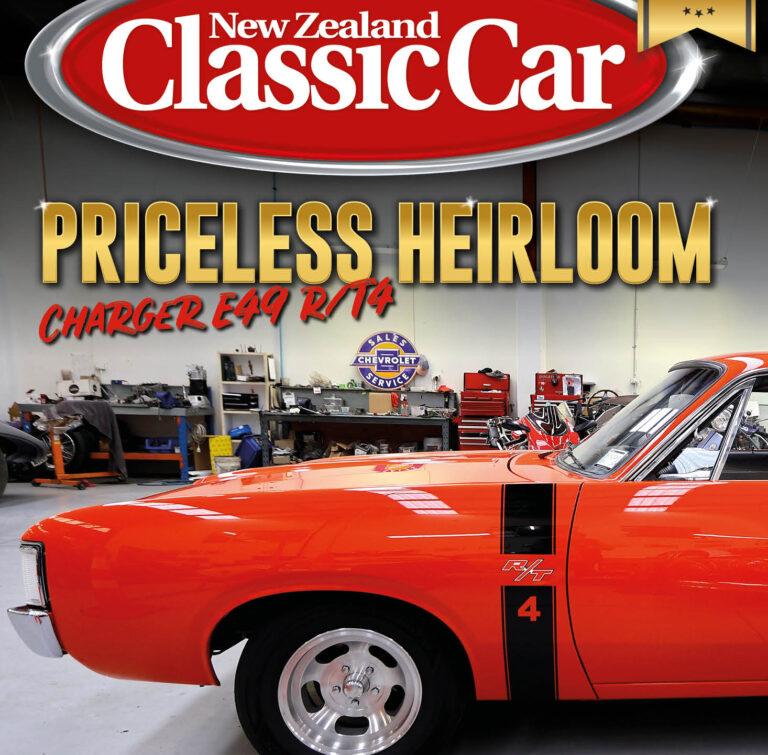When Chrysler launched its ‘Flight Sweep’ models for 1957, Detroit responded by throwing off the shackles and unleashing its designers. Buick, for decades one of GM’s strongest brands, launched the fight back
By Quinton Taylor
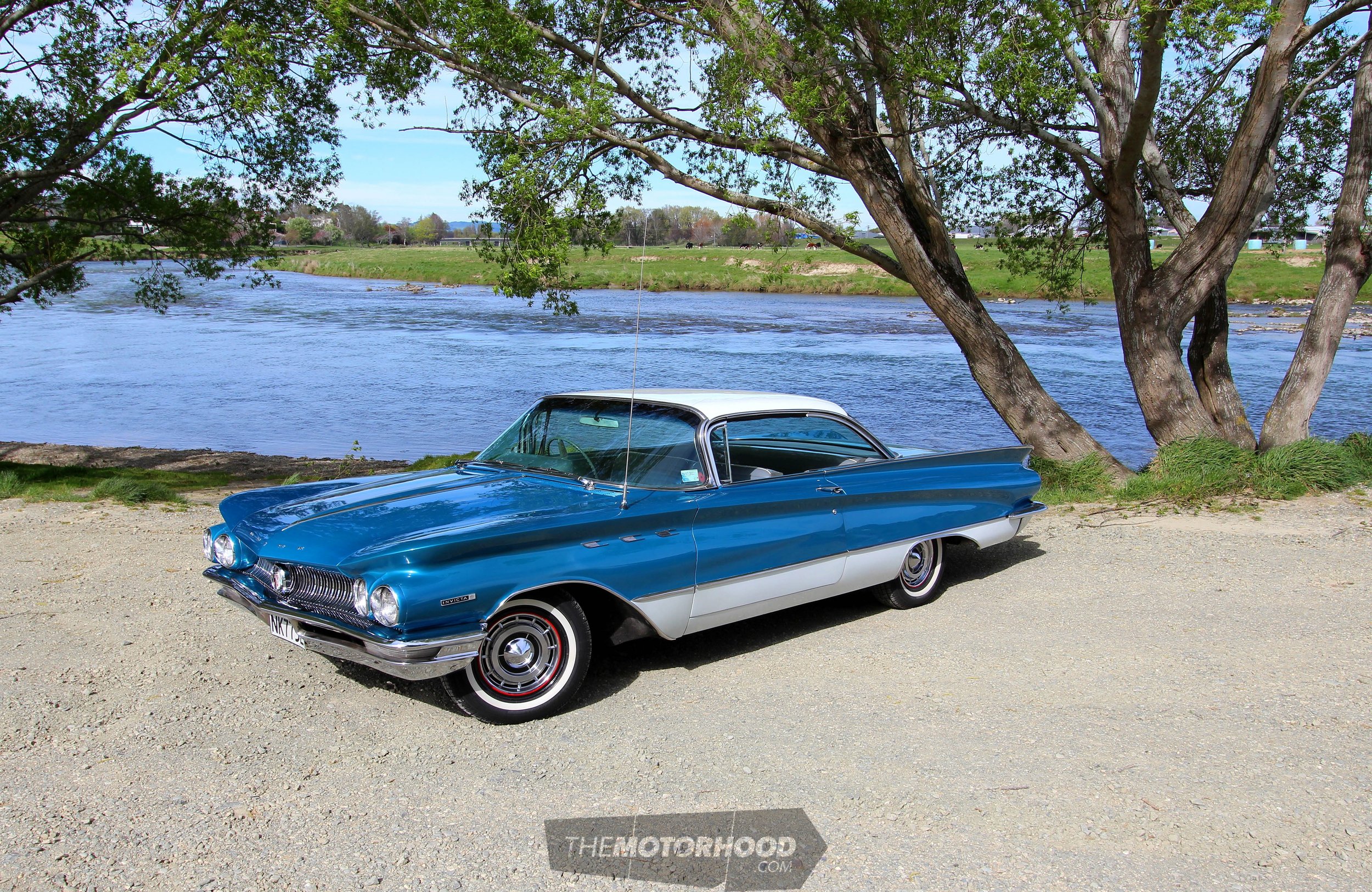
Buyers flocked to Chrysler showrooms to snap up the new cars and for the first time in many years Chrysler was in the top three, knocking Buick back to fourth. It got worse for Buick the following year, suffering a drastic drop in sales from 762,231 cars in 1957 to a meagre 240,659 sales in 1958 and falling to fifth in the new-car market. It was one of Buick’s worst years. The pressure was on.
Buick’s answer was as dramatic as it could be, with the introduction of three new models, ranging from the entry-level LeSabre, to the Invicta and top of the range Electra models. At the same time, it dropped a number of long-standing names too closely associated with older styles.
The country’s obsession with speed and power, buoyed by a fascination with new rocket and jet-age flight, had left Earth-bound designs in the blast zone. The new design language introduced longer and wider delta fins adorned with an array of lights, while sweeping curved glass windscreens got longer and more curved.
LEADING THE CHARGE
Even an industry juggernaut such as GM is mindful of costs, and this radical design about-turn had to be accommodated somehow. Competition drives innovation, and GM hit upon the idea of having one set of inner-body structural shells to cover all divisions. It accepted Buick’s designs. These could be shortened or lengthened as required for all models, and all divisions could still use their own running gear and suspension components as well as their own signature outer panels.
It was a bit of a coup for Buick. It had always stood out among GM’s divisions as being able to design a signature look. Details such as its distinctive triple front-side portholes were now elongated to match the new styling, and the Buick family crest tri-shield badge now had thinner and longer shields set in the middle of the grille. It was also all go in the power stakes to match the new styling and the demand for rocket-like performance.
There were now two Nailhead V8 engine size options in the Buick range. LeSabres kept the old 364ci V8 with four different tuning options. The rest of the range ushered in a new ‘Wildcat’ 401ci V8 delivering an impressive 325bhp (239kW) with a stump-pulling 445ft·lbs (583Nm) of torque.
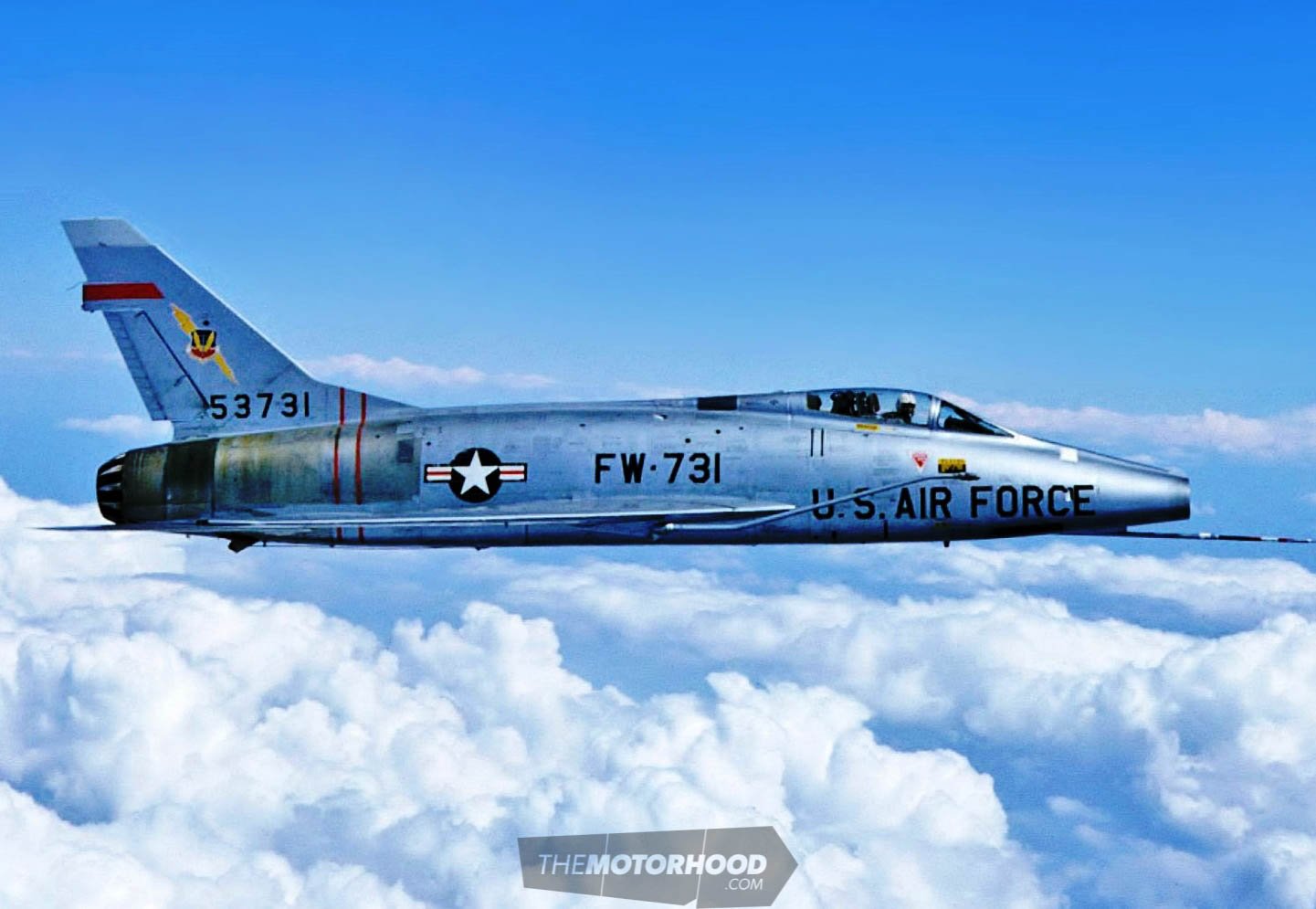
Style-seeker inspiration for Buick Invicta F100 Super Sabre

Buick Invicta wagon
SABRES DRAWN
Not many were prepared for the new eye-catching Buick outer panels with pronounced angled delta wings beginning at the headlight hoods and flowing back in a long, deep, diving curve, ending at the tail lights. Allegedly inspired by the fuselage shape of one of the outstanding jet aircraft designs of the day, the North American F1 Super Sabre, the new Buicks were the biggest yearly styling transformation the company had ever undertaken. They achieved the goal of looking fast even when standing still.
There were 17 new models throughout the range, a host of colour and trim combinations, and they were big. The public loved them.
The ’59 Buick shape was, and still is, acknowledged as one of the best designs out of all five divisions. Trend motor magazine voted the new Buick Invicta four-door hardtop sedan as ‘Best-Looking Car Overall’ and the Buick Invicta station wagon as ‘Best-Looking Wagon’ for 1959. A nod to GM’s revival was an Electra 225 convertible named as the pace car for the 1959 Indianapolis 500. Revenge was sweet.
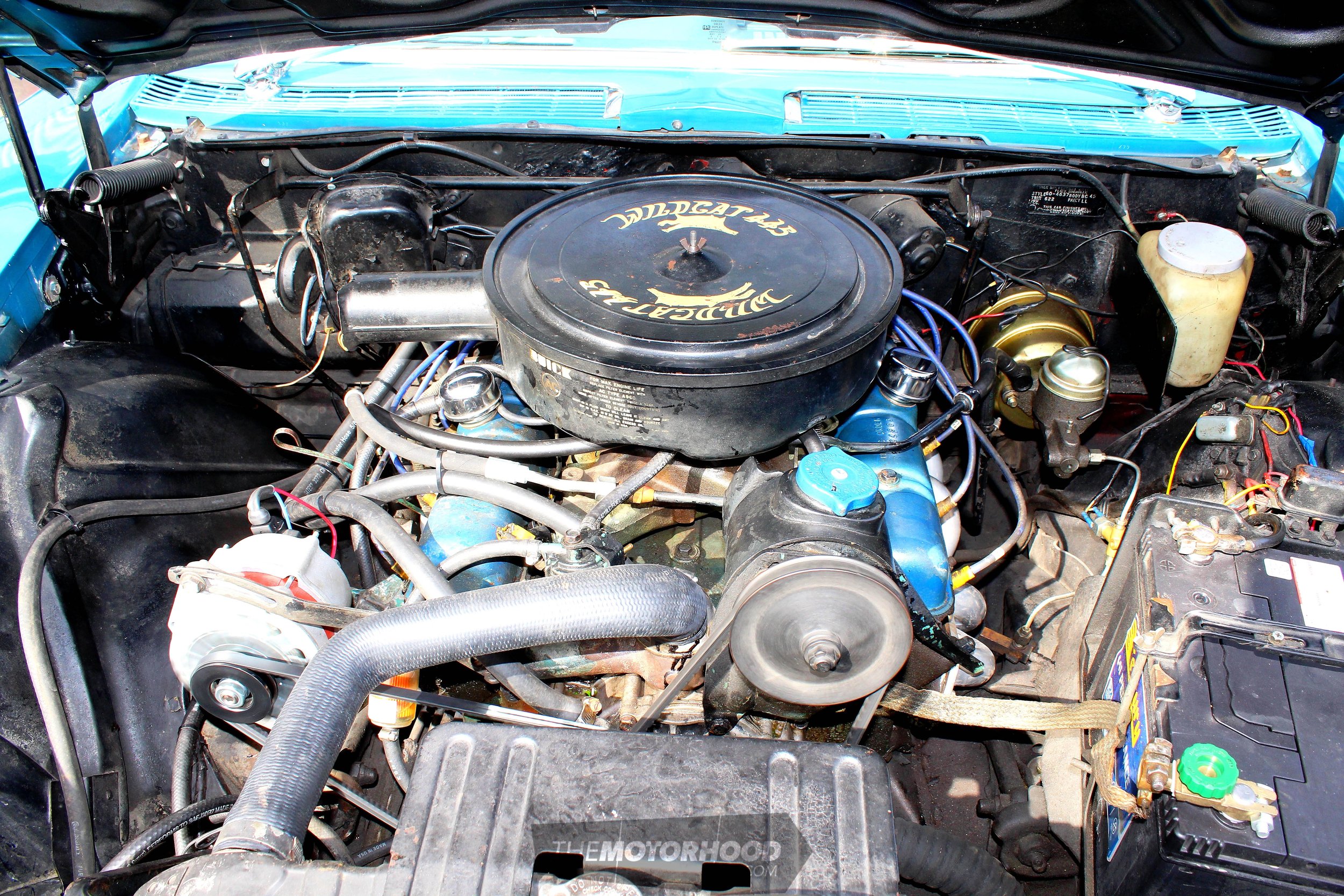
Nailhead 401cu in Wildcat smooth and torquey
GRAHAMS TAKE CHARGE
In just a few months of ownership, Graham Baird has worked away at his 1960 Buick Invicta two-door to bring it up to the stunning condition we see today. He says it was already in very good condition when he bought it from its previous owner in Invercargill. Unusually, the Buick comes with a very well executed conversion to right-hand drive, which Graham thinks might have been done in New Zealand. It won its first award in October, as the ‘Best Original’ at the recent Hardpark Takeover 2021 car show in Invercargill, as a delighted Graham explains.
“It was Graham Wilkinson’s own personal car but he hardly used it. Graham had it for 17 years and he found it in Te Anau parked up in storage sheds run by an elderly couple who had owned the Buick for about 10 years.”
As the history of the car was a little hazy, I made enquiries. The owner of last month’s Oldsmobile 98 feature car in New Zealand Classic Car, Robby Wilson, identified the car as one that had previously belonged to prolific car collector, Graham Butt of Omarama. Graham passed away in 1984. His friend and fellow car collector, Dennis McLaughlin from Canterbury, picked it up along with a number of others, as Dennis explains.
“The first time I saw that car was in late 1964 and it was for sale in Christchurch. Neil McVicar was contemplating buying it and Gary (Neil’s son) and I went and had a look at it and did a test drive.” They didn’t buy the car then but it kept turning up.
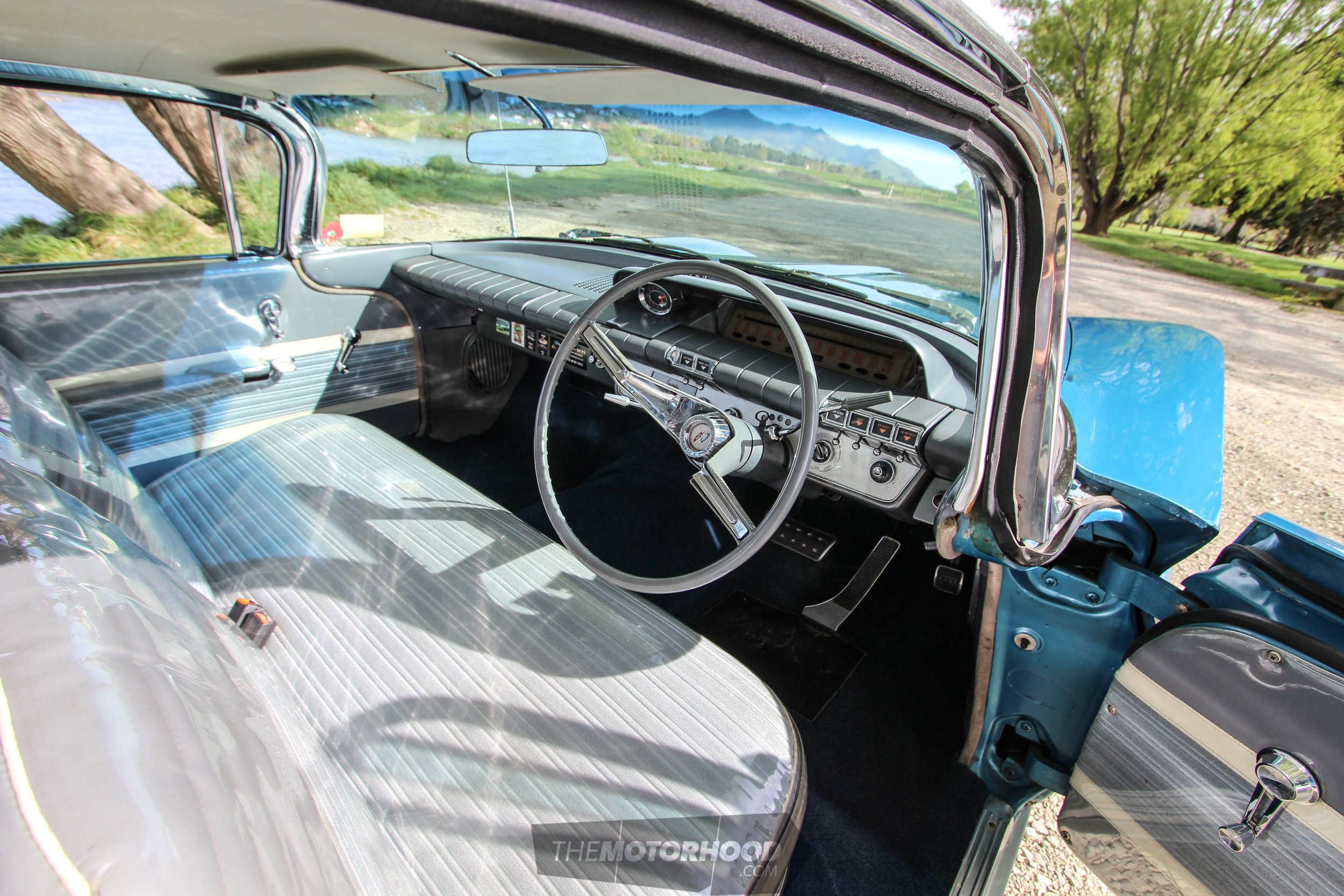

Delta wings flank massive boot

Electric blue and white an inspired choice
“The next time I saw it was when it was doing a wedding in Hamilton and I took some photographs of it, which I’ve still got. It was painted blue all over and it didn’t have any white on it. “The next time we saw it was in Auckland. It had some mechanical problems and it had been painted brown and grey. I was with Graham Butt. Graham bought it and we drove it home to Omarama. Graham had it until he died. I inherited the thing and I had it here for a few years.”
Graham had about 70 cars at the time so in a minor rationalisation the Buick was sold to Graham Wilkinson in Invercargill. “I didn’t use it a lot and probably put two or three thousand miles on it. We did replace the back and front windscreen rubbers. I notice it has gone through a lot of Grahams!”
Dennis believes it may have arrived in New Zealand with a whole lot of cars that someone had brought from the States in a ‘liberty ship’. “He would unload them late at night and got done for it in Auckland — avoiding customs. I believe he dropped one in the sea while it was hanging off a crane at the time, and a Cadillac got impounded. He had drivers sitting there ready to drive them all over the country.”
Dennis believes the right-hand drive conversion might have been done in the US. Number plate surrounds still on the car show an American dealer was involved.
“I’m 98 per cent sure the car is from the US. I think the number plate surrounds were for Gonzalez Buick. They were dealers in Santa Barbara in Southern California.”
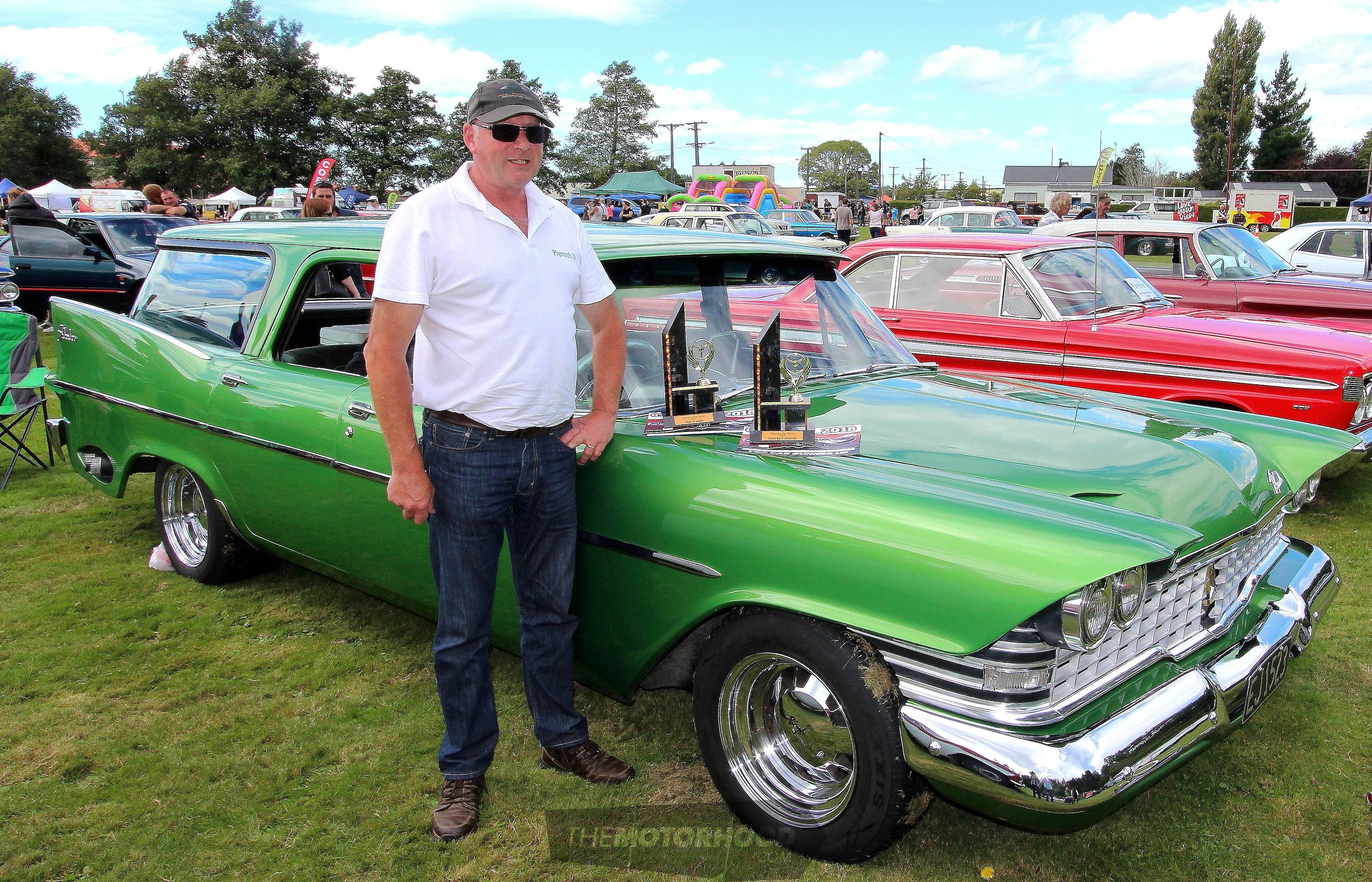
All his own work: Graham’s multi-award-winning Plymouth Suburban wagon
BUICK IS A BEAUTY TOO
The Buick needs very little work to be ready for summer cruises. It gets along at a satisfying pace for such a big car with just a two-speed automatic transmission. The purring exhaust note entirely suits its character.
“It just needs a buff and polish. I’ve touched up a few bits here and there. It’s been all round Southland mainly, and it’s beautiful on the open road and so quiet,” Graham Baird says.
Graham’s other classic is a green Plymouth Suburban wagon that has won many trophies. Wife Ann drives both, and Graham says she is a big fan of the easy-to-handle Buick.
“One turn lock to lock power steering and power brakes. One thing she does also like is when you pull down the interior sun shield you see engraved in the glass the words: ‘Buick is a beauty too’!”
Graham Wilkinson replaced the front windscreen, saving the latest Graham quite an involved job. The only future work planned is to clean the engine bay and apply a new set of decals. For safety, the engine bay wiring needs some attention while a new sound system will be fitted. Graham is pleased with the availability of repro parts for the make out of the US, with the strong following the marque has there.
“It still has its original radio, which gets all the AM stations. I will install a stereo system, which will be hidden in the optional Buick tissue dispenser under the dashboard so you won’t see it. A double boom speaker will also go in the back to avoid cutting the parcel tray.”
With two impressive classics stored away, Graham and Ann have a clear intention for the future of these vehicles. “Yep, it’s a car each for my boys later on. My oldest son in the army is getting the Plymouth and my younger son is quite keen on it and drives the Buick.” With a mileage in the mid 30,000 range and a cosseted life, this classic is set for many years of fun cruising.
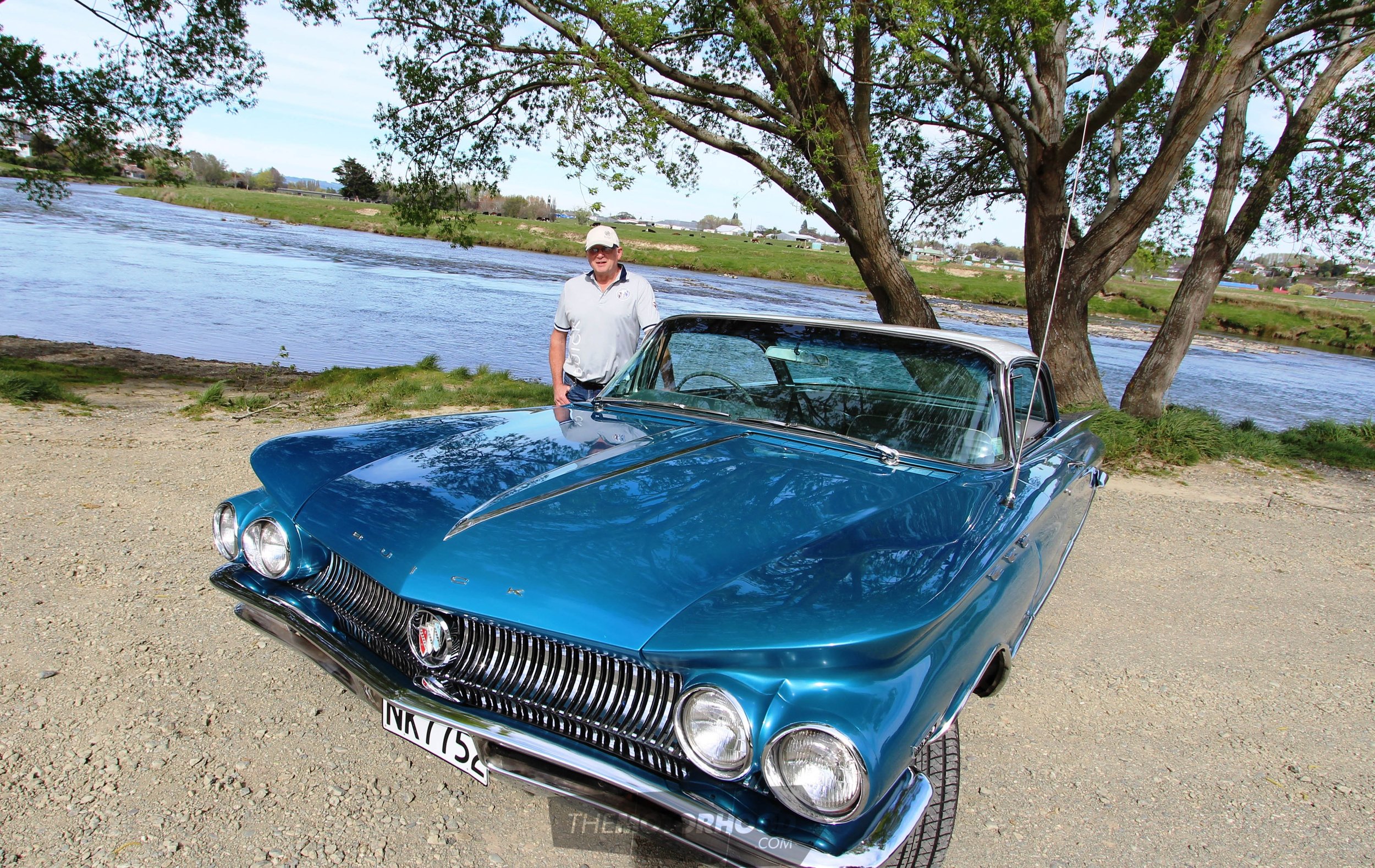
Happy owner, Graham Baird


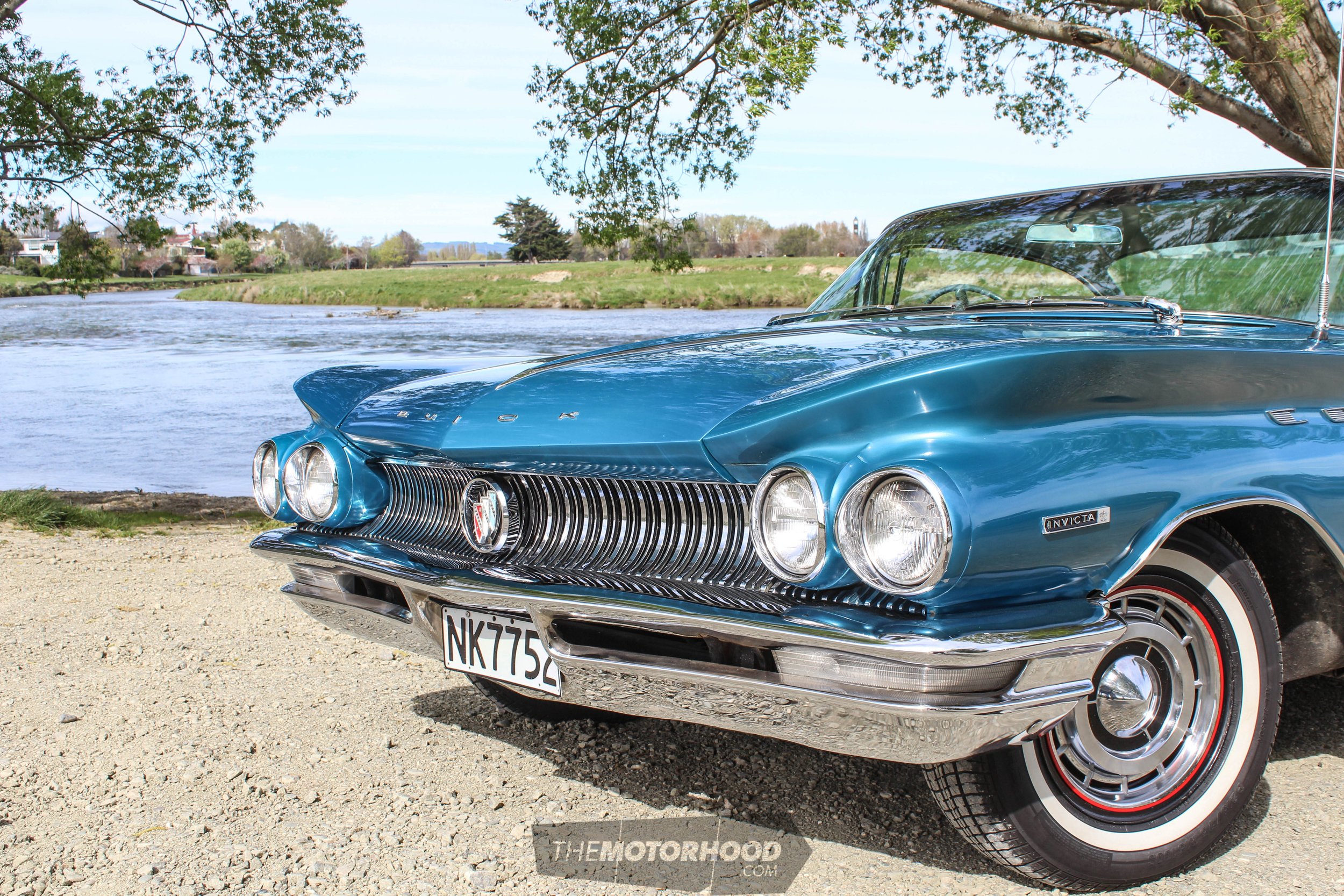
This article originally appeared in New Zealand Classic Car issue No. 372



